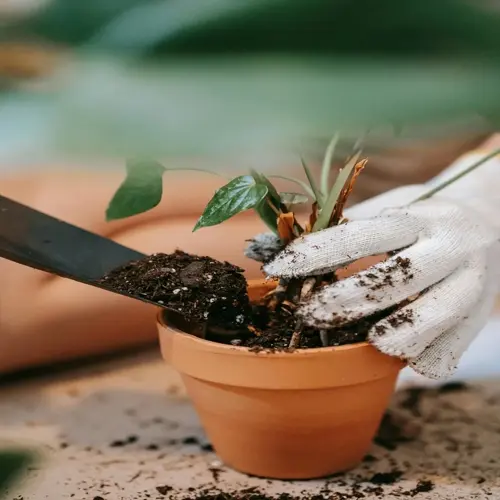What's the best method for drying seeds?

Written by
Paul Reynolds
Reviewed by
Prof. Martin Thorne, Ph.D.Properly drying seeds maintains viability in future seasons. Spread seeds in thin layers on screens or paper towels, and store them in a dark, well-ventilated location. For optimal results, maintain a temperature of 60-70°F (15-21°C) and a relative humidity of 30-40%.
Tomatoes & Peppers
- Ferment first then dry 7-10 days on coffee filters
- Avoid temperatures above 75°F (24°C)
- Test dryness when seeds snap instead of bending
Beans & Peas
- Dry directly in pods 14 days before threshing
- Use screens for maximum airflow circulation
- Ideal humidity below 40% prevents mold growth
Flowers & Herbs
- Hang seed heads upside down in paper bags
- Small seeds need 5-7 days drying time
- Winnow gently to separate seeds from chaff
For drying, use locations that do not expose the item to sunlight. Ultraviolet radiation can injure sensitive seed embryos. Use a shaded patio or a dark closet that has ventilation. Rotate daily to evaporate moisture evenly. Proper drying prevents mold and maintains germination rates.
Control of humidity is significant. If it is very humid outside, place silica gel packets close to your drying rack. If the outside air is arid, slightly increase your drying time to prevent under-drying. To test seeds, bend them, and if they snap without bending, they are dry.
Once drying is completed, storage helps finalize preservation. After testing, transfer the seeds to airtight containers. Glass jars with silicone seals are superior to plastic containers. A desiccant, such as dry rice or powdered milk, will help control moisture during storage.
Different crops call for other methods. For example, large seeds, such as beans, require a longer drying period than tiny, lightweight seeds, such as lettuce. It is a good idea to record drying dates in your garden journal. And record germination rates each year so you can refine the drying method for that plant accordingly.
Read the full article: How to Save Seeds: A Complete Guide

